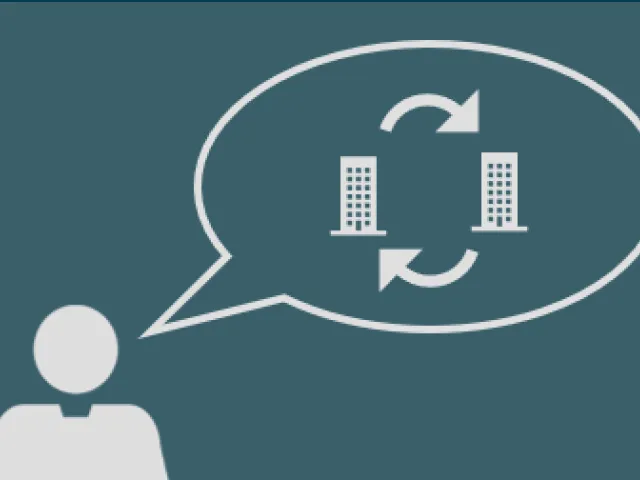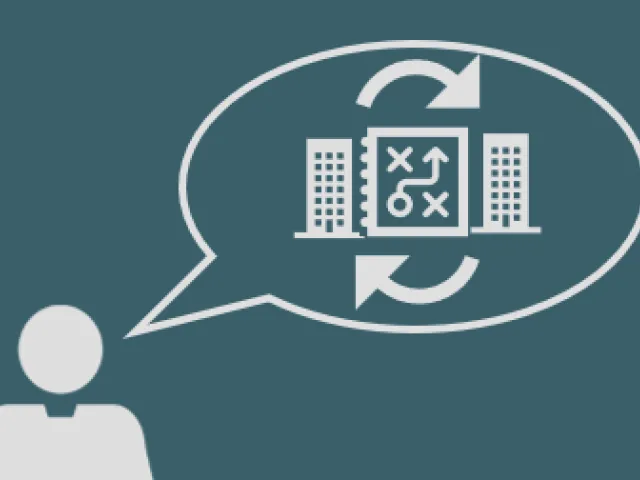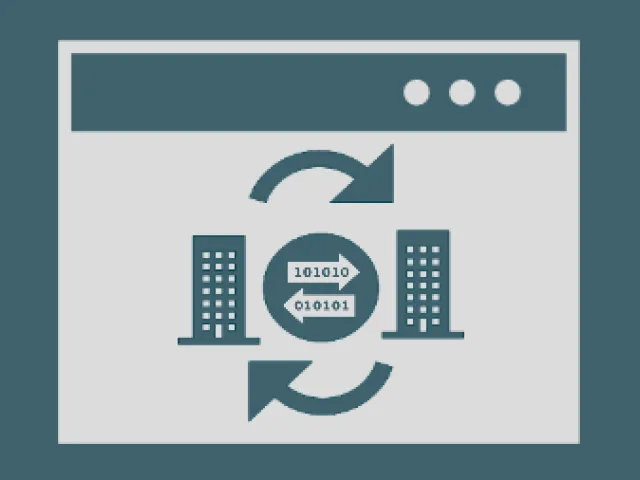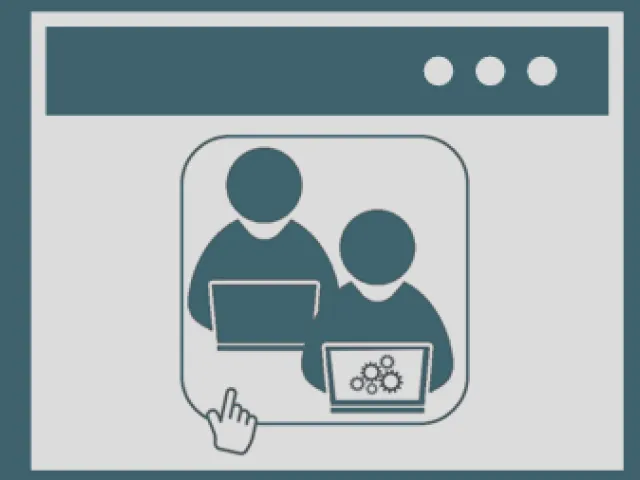
-
Tracelink University
Modify your account
Modify your profile, define app settings, and enable inbox messages and notifications.
View More -
Tracelink University
Switch companies or environments
The OPUS Ensemble user experience allows you to switch between companies or environments that you have access to with the same user account (identified by an email) without logging into a separate URL.
View More -
Tracelink University
Navigate to help documentation and support
Select the Help Center icon in the header to access the one-stop-shop help center for everything related to the network you are currently within (e.g.
View More -
-
Education
TLU Tech Talk: Exchanging Business Transactions with MINT
Recorded TLU Tech Talk
View More
-
Education
TLU Tech Talk: MINT File Exchange - A Technical Overview
In this recorded TLU Tech Talk get a technical overview of MINT file exchange.
View More
-

-
Tracelink University
Standard Link Actions Development Guide
Availability and development practices for standard XTT Link Actions.
View More
-
Education
TLU Tech Talk: Transforming Supply Chain Collaboration with OPUS's No Code Approach
Recorded TLU Tech Talk
View More
-
Education
Recorded Session: Visualizing Your Digital Supply Chain with MINT Instructor Session
Duration : ~14 minutes Learning Objectives Review the limitations of visibility into existing supply chain business processes. Discuss how…
View More
-
Tracelink University
Define and Design View/Edit Pages
Overview, layout, and configuration guide for defining and designing view/edit pages/
View More
-
Resource
How Supply Chain Digitalization Creates Business Value for Logistics Providers
Learn how supply chain digitalization with adds business value for logistics services providers in the life sciences industry. Watch the video and then contact us to learn more.
View More
-
Press Release / News
TraceLink Releases OPUS Solution Environment, the First No-Code Environment for Visually Building Multi-Enterprise Supply Chain Solutions
TraceLink has announced the only metadata-driven, no-code solution design environment that puts the power of building and configuring multi-enterprise solution experiences into the hands of supply chain business users.
View More
-
Resource
TraceLink MINT: Unlocking Real-Time Integration Between 3PLs and Their Customers
Learn how TraceLink MINT enables logistics service providers to provide customers with real-time inventory and order visibility. Watch the video!
View More
-
Press Release / News
TraceLink Releases OPUS Reports and Dashboards, the First End-User Reporting and Dashboarding Capability Purpose-Built to Gain Real-Time Visibility and Insights from Supply Networks
TraceLink has announced the availability of OPUS Reports and Dashboards as part of the Magnum release of its OPUS Platform.
View More
-

-
Resource
Integrating with Logistics Providers: The Top Challenge for Manufacturers
Learn why manufacturers are demanding real-time answers to questions about order status, inventory and more from logistics service providers.
View More
-
Resource
The Visibility Challenge in Life Sciences Supply Chains
Learn how TraceLink MINT helps you overcome life sciences supply chain visibility challenges.
View More
-
Resource
Disrupting Inefficient Information Exchange Practices with TraceLink MINT
See why TraceLink MINT is the answer to inefficient, manual, and time-consuming information exchange practices with supply chain partners.
View More
-
Resource
Pain Points: Why Logistics Providers Need Real-Time Integration with Customers
Find out why the majority of logistics services providers continue to rely on manual data sharing methods like emails and spreadsheets. Watch the video!
View More
-
Resource
Why Customers Demand Real-Time Visibility from 3PLs
Flavio Aliberti, VP of Business Strategy at Genpact, explains how real-time digital integration is transforming life sciences logistics. Watch the video to learn more.
View More
-
Resource
Scaling Up: The Need for Next-Gen Supply Chain Information Sharing
Learn why manufacturers are demanding real-time answers to questions about order status, inventory and more from logistics service providers.
View More
-
Tracelink University
What's new in Multienterprise Information Network Tower, solution version 11.0
Explore what's new in the Multienterprise Information Network Tower, solution version 11.0 release.
View More -
Tracelink University
Inventory Balance (IDoc)
Inventory balances allow suppliers to communicate with their remote or third-party warehouses about their available and upcoming inventory levels.
View More -
Tracelink University
Inventory Balance (X12)
Inventory balances allow suppliers to communicate with their remote or third-party warehouses about their available and upcoming inventory levels.
View More -
Tracelink University
Inventory Update (IDoc)
Inventory updates allow suppliers to communicate with their remote or third-party warehouses, 3PLs, or CMOs about changes to the available inventory for specific products.
View More -
Tracelink University
Inventory Update (X12)
Inventory updates allow suppliers to communicate with their remote or third-party warehouses, 3PLs, or CMOs about changes to the available inventory for specific products.
View More -
Tracelink University
Invoice (IDoc)
The Invoice IDoc message sends a request for payment from the seller to the buyer and details information such as the full amount due and payment terms.
View More -
Tracelink University
Invoice (EDIFACT)
The Invoice EDIFACT message sends a request for payment from the seller to the buyer and details information such as the full amount due and payment terms.
View More -
Tracelink University
Invoice (X12)
The Invoice X12 message sends a request for payment from the seller to the buyer and details information such as the full amount due and payment terms.
View More
